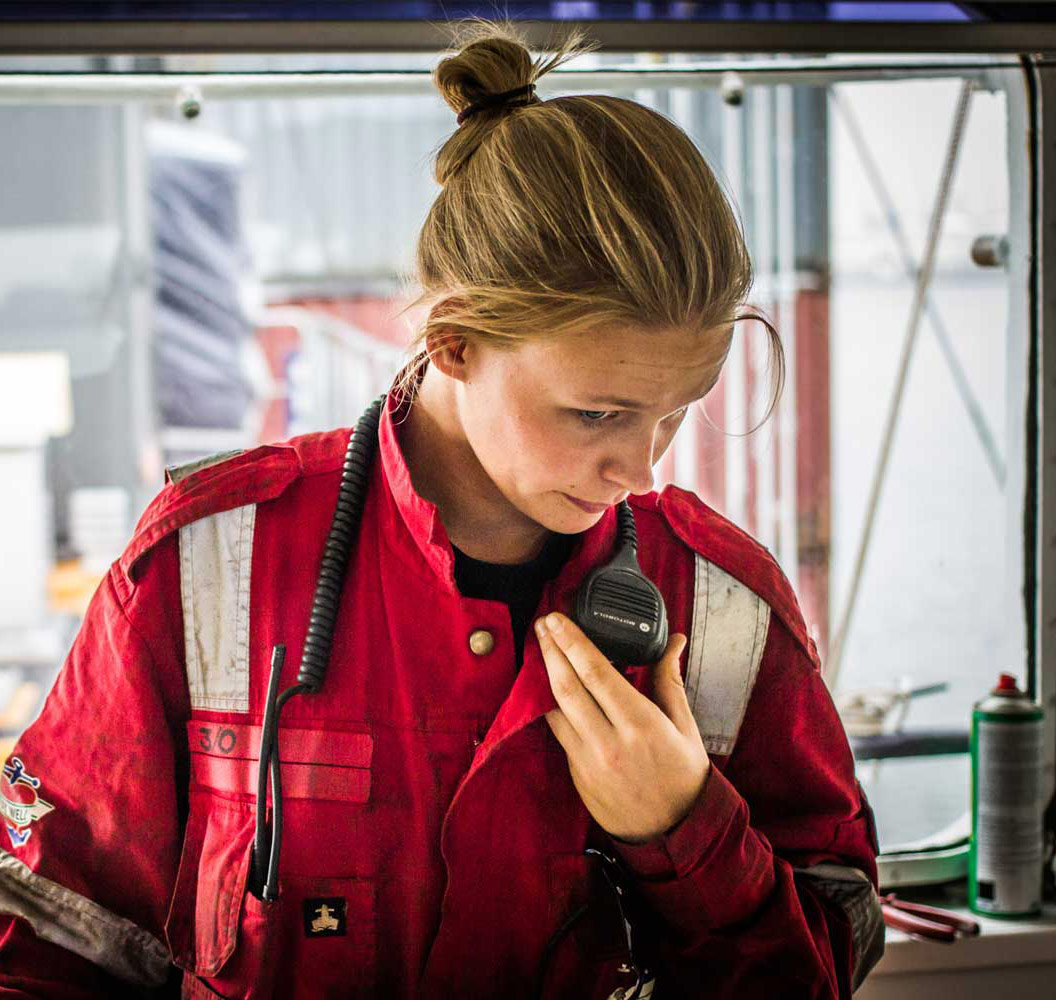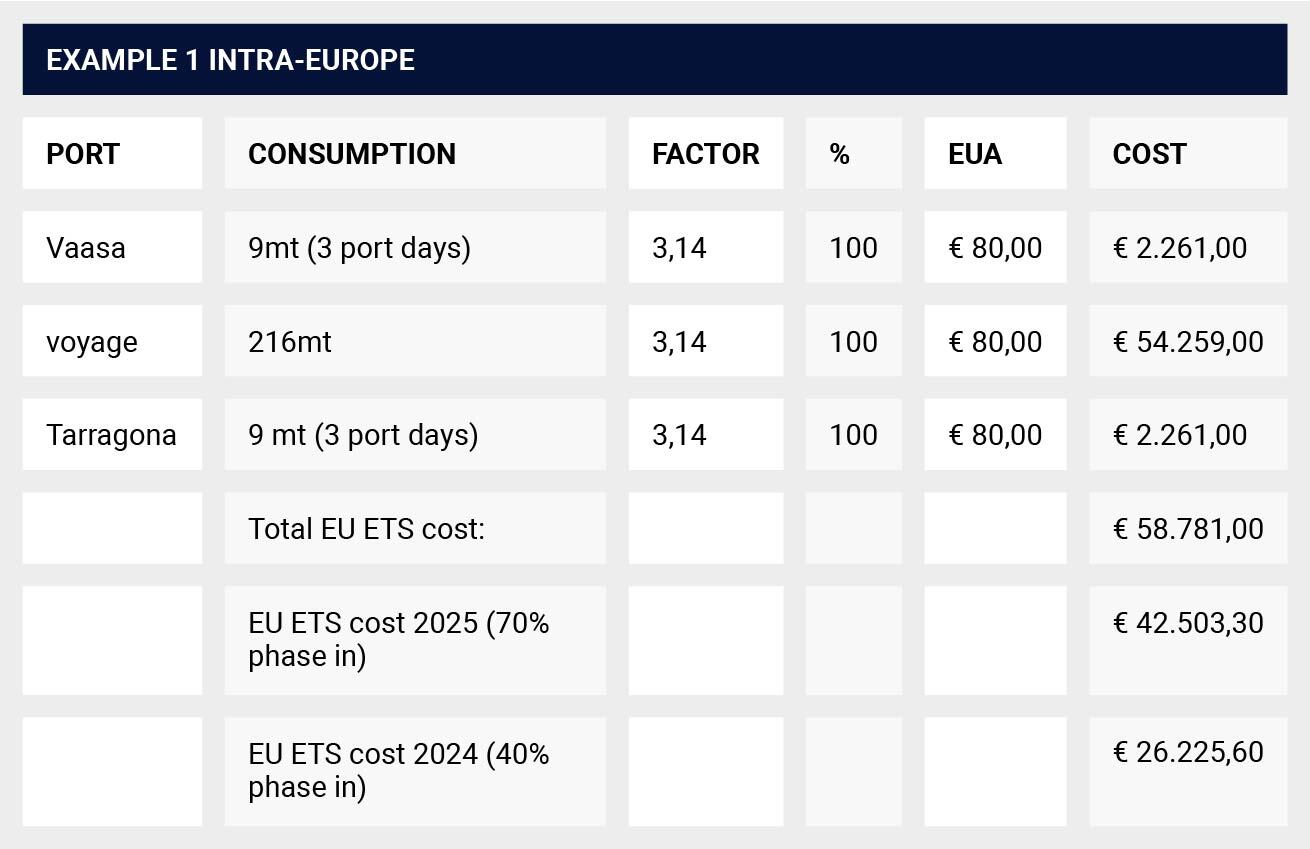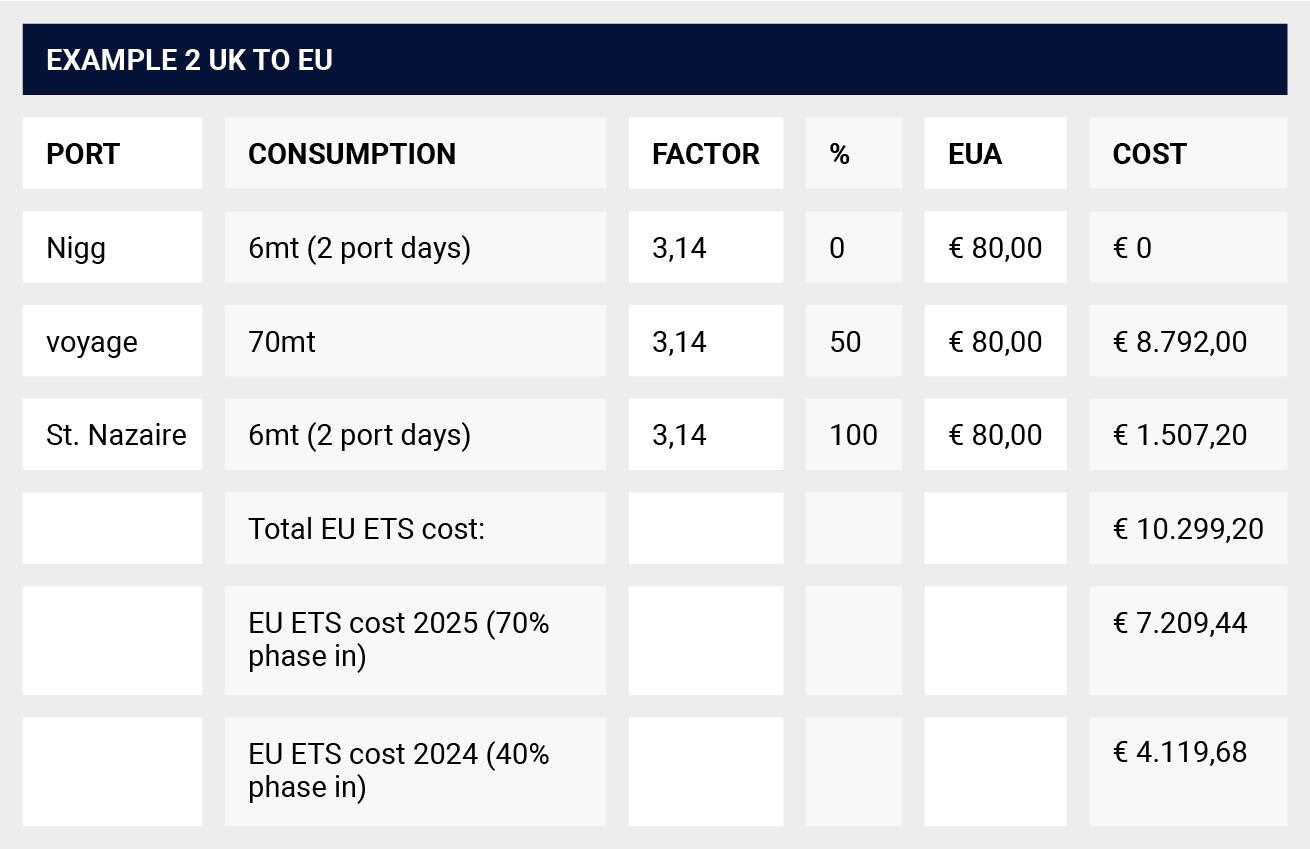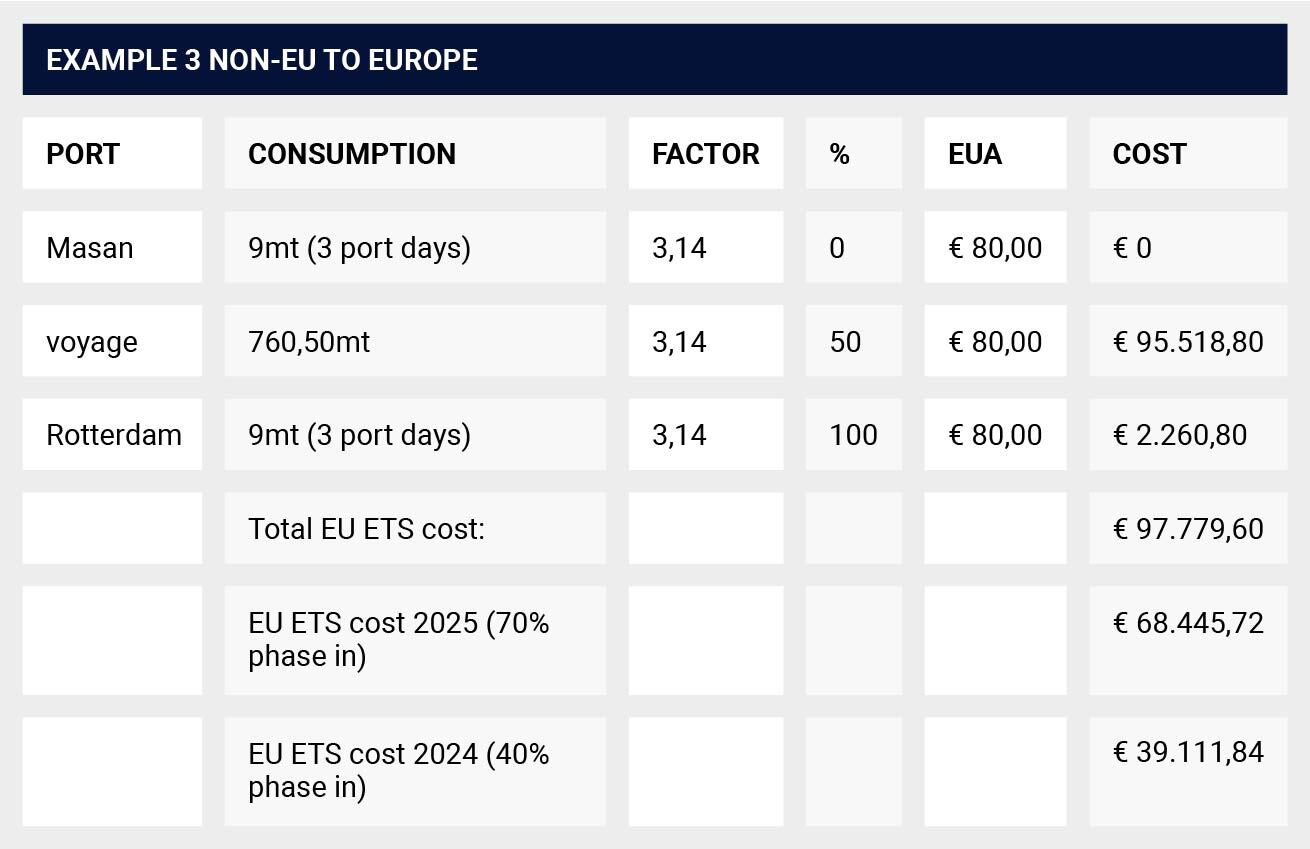CLIMATE NEUTRAL
BEFORE 2050
Global maritime emissions contribute around 3% to total global carbon output. The ambitious ‘Fit for 55’ initiative aims to slash these emissions by 55% by 2030. Effective January 1, 2024, the EU’s Emissions Trading System will impact the JSI Alliance fleet.
Committed to this ecological mission, the JSI Alliance is aligning with the EU’s ecological objectives, fostering a more sustainable maritime industry. Our path is set towards achieving carbon neutrality by 2050. Meanwhile, sustainability is integral to numerous projects, including significant involvement in the transition towards wind energy.

European Emissions Trading Scheme
• All emissions occurring between EU ports would be subject to a 100% emissions count.
• Emissions from non-EU ports to EU ports and vice versa would be subject to a 50% emissions count.
• Emissions between ports located outside the EU would be excluded from the EU ETS.
This integration of maritime transport into the EU ETS aims to mitigate greenhouse gas emissions from shipping, contributing to the EU’s overall emission reduction goals.
Shipping receives no free emission allowances. However, a phased approach is planned: 40% of emissions will be counted in 2024, increasing to 70% in 2025, and reaching 100% by 2026.
JSI Alliance EU ETS Formula
The EUA costs are determined by multiplying
Consumption x Emission Factor x Area x Phase-in x EUA Price
- Emission factor: 3,14
- Area: 100% intra-EU or 50% to/from EU
- Phase-in: 40% in 2024, 70% in 2025 and 100% in 2026
- EUA price: EUR 80,- (this is a variable price, subject to supply and demand).
The latest EUA price can be found at Spot (eex.com)
ETS Escalation Clause for part cargoes
Notwithstanding any other provision in this Charter Party, the Carrier and the Merchant (the “Parties” and each individually a “Party”) agree as
follows:
“Emission Allowances” means an allowance, credit, quota, permit or equivalent, representing a right of a vessel to emit a specified quantity of
greenhouse gas emissions recognised by the Emission Scheme.
“Emission Scheme” means a greenhouse gas emissions trading scheme which for the purposes of this Clause shall include the European Union
Emissions Trading System and any other similar systems imposed by applicable lawful authorities that regulate the issuance, allocation, trading
or surrendering of Emission Allowances.
The freight stated in Box 15 is calculated on the basis of an Emission Allowance price of EUR ,- per ton of carbon dioxide (CO2) on the date of the
Charter Party (the “ETS Charter Party Price”). The freight shall be adjusted on the basis of the difference, if any, between the ETS Charter Party
Price and the Emission Allowance price per ton of carbon dioxide (CO2), from the following source European Energy Exchange Spot (eex.com),
on the date of completion of loading (the “Bill of Lading/GENWAYBILL Price”).
For each EUR 5, whereby the Bill of Lading/GENWAYBILL Price is higher than the ETS Charter Party Price, the Carrier shall increase the freight by
0,25 percent.
ETS Escalation Clause for sole cargoes
Notwithstanding any other provision in this Charter Party, the Carrier and the Merchant (the “Parties” and each individually a “Party”) agree as
follows:
“Emission Allowances” means an allowance, credit, quota, permit or equivalent, representing a right of a vessel to emit a specified quantity of
greenhouse gas emissions recognised by the Emission Scheme.
“Emission Scheme” means a greenhouse gas emissions trading scheme which for the purposes of this Clause shall include the European Union
Emissions Trading System and any other similar systems imposed by applicable lawful authorities that regulate the issuance, allocation, trading
or surrendering of Emission Allowances.
This Charter Party is concluded on the basis of an Emission Allowance price of EUR ,- per ton of carbon dioxide (CO2) (the “ETS Charter Party
Price”) for a quantity of xx tons of carbon dioxide (CO2)
If the price actually paid by the Carrier for the Emission Allowance per ton of carbon dioxide (CO2) for this quantity is higher than the ETS
Charter Party Price, then the difference between the ETS Charter Party Price and the actual price for this quantity shall be paid by the Merchant
to the Carrier.
What does this mean for your cargo in 2024?
Do you want to know more? Contact your local branche office.
Heavy Lift Shipping
has never been greener
As an international provider of heavy lift shipping and offshore transport & installation services, our goal is to lower our fleet’s emissions. In collaboration with SAL Heavy Lift, we’ve initiated a newbuilding program, introducing four highly efficient, carbon-neutral heavy lift project vessels.
These Orca class vessels are equipped with dual-fuel engines, which means that they can use methanol as an alternative fuel. With the availability of green methanol at major ports, we will provide our customers with carbon-neutral transportation options. This initiative marks a significant step towards achieving our environmental protection objectives.
Sustainability efforts
-
Build methanol ready vessels
-
Pioneer with drop in bio-fuels
-
Diesel electric propulsion
-
Shore power
-
CO2-compensation by planting trees
-
Connect with sustainability rating systems


